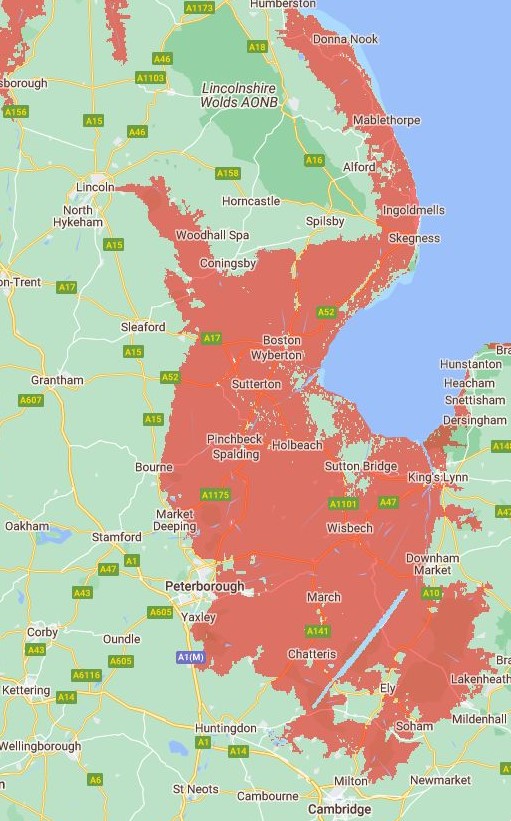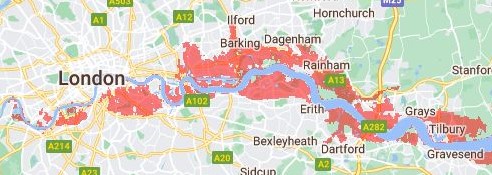
The year is 2100. Earth is approaching a peak population of 9.5 billion people. Despite some notable progress in decarbonising our activities and more progress on carbon capture of various types than expected 80 years ago, overall we have not managed to shift much off the Intergovernmental Panel on Climate Change (IPCC) middle-of-the-road shared socioeconomic pathway (SSP2). Some countries have done much better than others, with income inequality a problem both within and between them. Carbon emissions stayed fairly level until 2050 before starting to fall, but net zero has still not been achieved.1
Temperatures have risen by 2.7 degrees compared to pre-industrial levels. Africa has split between a north which has seen a recovery of rainfall and a south which is no longer habitable for humans. The Indian monsoon rains have failed. The Himalayan glaciers providing the waters of the Indus, Ganges and Brahmaputra, the Mekong, Yangtze and Yellow rivers have reduced by 90% from their pre-industrial levels.
The Amazonian rain forest basin has dried out completely. In Brazil, Venezuela, Columbia, East Peru and Bolivia life has become increasingly difficult due to wild fires. Drought is now permanent in the sub-tropics and Central America. Australia has become the world’s driest nation.
In the US Gulf of Mexico high sea temperatures drive 180+ mph winds.2 Flooding is widespread with sea levels having risen by 0.6 metres on average compared to 2020.3 Many plant species have become extinct as they were unable to adapt to such a sudden change in climate.
Food prices continue to soar, with temperatures, droughts and the inundation of arable land adversely affecting many crops. Massive migrations have led to increasingly severe military and police responses from the most popular destination countries. There is fear that we have not yet seen the end of the terrible costs of climate change, with temperatures continuing to rise.
England has a new Eastern coastline, which became a certainty once the decision was taken that the cost benefit analysis did not justify the expense on the massive coastal defences which would have been required to prevent it. Sleaford is now a seaside town. Birmingham is the only major city which has not been significantly affected by sea level rise4 and there are calls for the capital to be moved there. However London hangs grimly on following the failure of the Thames Barrier in the 2040s. An Intertidal Property Pricing Index (IPPI) has sprung up, which sucks in money as investors bet on the development opportunities in the aftermath of the catastrophe.5

This, or something like it, is the future we are currently on track for but none of us wants. So let’s change the trajectory.
Notes:
- The IPCC’s SSP2 narrative description.
- Mark Lynas, Six Degrees: Our Future On A Hotter Planet, Harper Perennial, 2008 for the scientific consensus at the time on the consequences of 3 degrees warming
- https://sealevel.nasa.gov/ipcc-ar6-sea-level-projection-tool?type=global (accessed 5 July 2023)
- https://coastal.climatecentral.org/ (accessed 5 July 2023) for the maps of England following 2.7 degrees warming by 2100 following current trajectories
- IPPI borrowed from Kim Stanley Robinson’s depiction of a future New York after two pulses totalling 15 metres (50 feet) of sea level rise in New York 2140, Orbit, 2018
